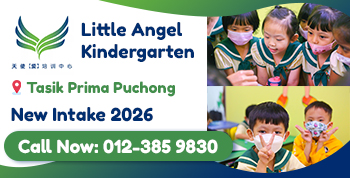Choosing a Curriculum that Fits Your Child
by on 02/08/2025 ...

This article is updated December 2020.
Apart from public schools, we are fully aware of the growing presence of private and international schools in Malaysia. However, apart from choosing the right school, it is also important to note the type of curriculum used at these institutions. Depending on the path you feel is best for your child, there are several choices available. These include the International Baccalaureate (IB), British, American, Australian and Canadian curriculum.
The International Baccalaureate (IB) programme
What is it?
It’s a programme which focuses on letting students take the lead. The programme, created in Switzerland in 1968, is currently being offered in over 3,000 schools across the globe with a growing number of students worldwide.
The programme emphasises on creative and critical thinking to which students choose topics and projects while teachers act as supervisors rather than the usual points of information.
IB emphasises research and encourages students to learn from their peers, with students actively critiquing one another’s work.
The Higher Education Statistics Agency (HESA) recently revealed that IB Diploma Programme (DP) students have a 57% greater likelihood of attending one of the top 20 UK universities than students who study traditional A Levels. IB students also have greater post-education prospects compared to students of matched prior attainment and on average earn more than their A Level counterparts.
Through the programme, students are expected to:
- Think independently and drive their own learning
- Take part in programmes of education that can lead them to some of the highest ranking universities around the world
- Become more culturally aware, through the development of a second language
- Engage with people in an increasingly globalised, rapidly changing world.
What are the programmes offered?
Apart from the DP programme, there are three others offered. These include the Primary Years Programme (PYP), Middle Years Programme (MYP) and the Career-Related Programme (CRP).
Combined, all four programmes develop the intellectual, personal, emotional and social skills needed to live, learn and work in a rapidly globalizing world.
However, at press time, the CRP programme is not available in Malaysia.

The IB Curriculum is offered at:
- Fairview International School
- Mont’ Kiara International School
- International School of Kuala Lumpur
- Nexus International School, Putrajaya
- The Malay College Kuala Kangsar
- UCSI International School
- Cempaka International Ladies’ College
British Curriculum
What is it?
This curriculum is followed in primary and secondary schools in the UK and ensures that all students receive the same high standard of education. It is divided into ‘Early Years’ and five ‘Key Stages’. At the end of each Key Stage, students are tested on their progress.
Core subjects that the curriculum emphasises upon include English, Math and Science. The testing after each stage allows teachers to gauge student development and addresses any gaps in their knowledge.
Upon reaching the last stage which students will be studying for AS or A Levels, courses are made available which allows the choosing of in-depth subjects which ultimately leads to the knowledge required in their chosen career.
What are the programmes offered?
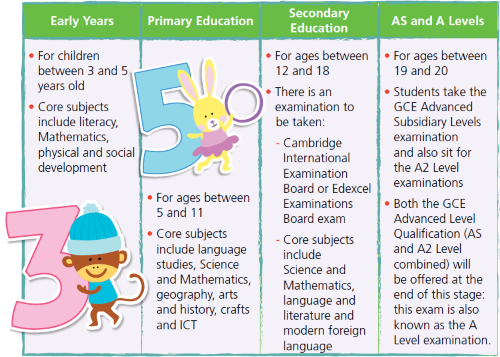
The British Curriculum is offered at:
American Curriculum
What is it?
As each state within America is responsible for its curriculum and educational needs, there is no central American curriculum. However, the common themes under this includes enquiry-based learning and student-centred planning.
This means that the curriculum offered will vary from one American overseas school to the next. The curriculum continually evolves and it is based on learning standards and benchmarks.
The American curriculum is based on high standards of achievement in all subject areas. This broad and balanced approach is supported by a wide range of co-curricular activities which equip all students with the skills they need for the 21st century.
Students may start with Kindergarten and study till the final Grade 12 whereupon they will be awarded with the American High School Diploma. The diploma is accepted by all US universities and colleges including a leading number of universities throughout the world.
What are the programmes offered?
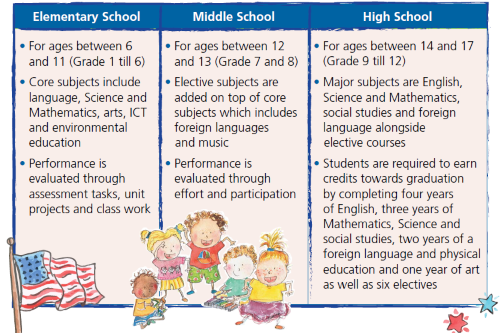
The American Curriculum is offered at:
- Raffles American School, Johor Baru
- International School of Kuala Lumpur
- Mont’ Kiara International School
- International School of Kuantan, Pahang
- Dalat International School, Penang
Australian Curriculum
What is it?
This curriculum focuses on instilling learning skills, critical thinking, problem-solving and general life skills that are required of an individual in today’s society.
The curriculum also sets the expectations for what all Australian students are taught, regardless of where they live or their background. This means that students now have access to the same content, and their achievements can be judged against consistent national standards.
Schools and teachers are responsible for the organisation of learning and they will choose contexts for learning and plan learning in ways that best meet their student’s needs and interests.
What are the programmes offered?
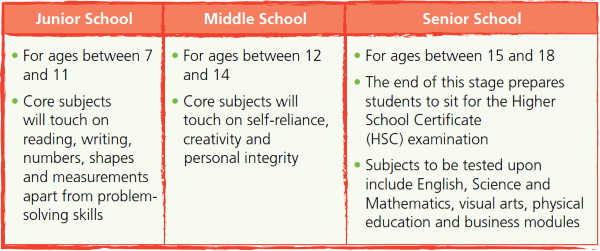
The Australian Curriculum is offerd at:
Canadian Curriculum
What is it?
The curriculum focuses on students’ continuous development, with the vital parts of a student’s assessment and evaluation based on coursework throughout the semester. Final grades reflect a 70-30 distribution which states that 70% of the grade is determined by work completed during the course and the remaining 30% derived from final evaluation.
This method allows for the learning development of each student to be formative while assessment is cumulative, current and consistent. This also ensures that students, parents and teachers can review ongoing strategies to meet a particular student’s learning needs, and adapt different methods as and when the student’s needs evolve.
What are the programmes offered?
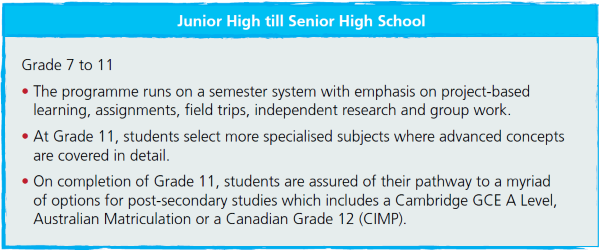
The Canadian Curriculum is offered at:
- Sunway International School
This article is taken from Smart Kids World issue Vol.05.







